What is the Farvahar symbol?
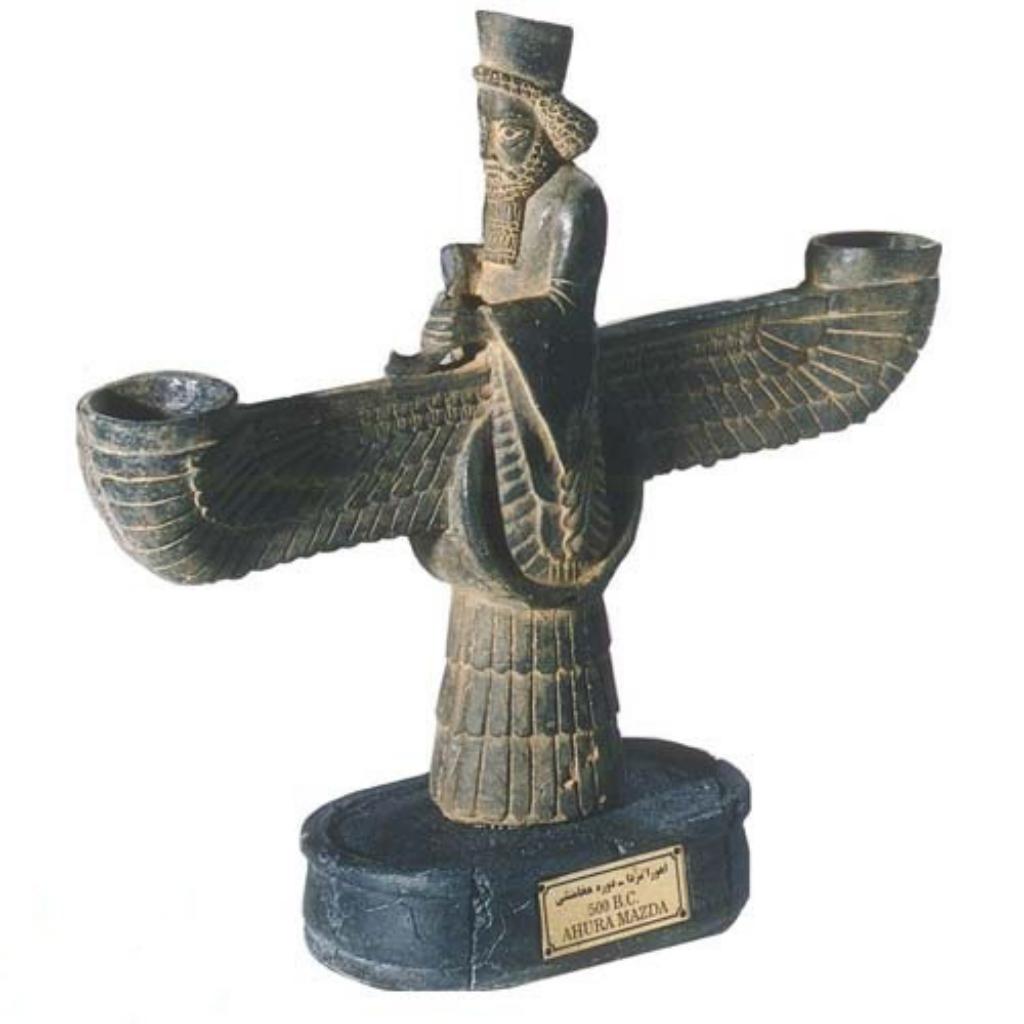
Farvahar symbol also known as the Far Kiani sign, is Iran’s public symbol and is allowed to be over 4,500 times old. Symbol of the winged body that was before Zoroaster in Iran and the Middle East, as well as the societies of Egypt, Sumer, and Assyria, and survived in Aryan culture after the establishment of the Achaemenid dynasty.
What does the Farvahar Symbol mean?
It is a human emblem of good words, good deeds, and pleasant thoughts. Some Iranologists and archaeologists regard the winged body, or Farvahar symbol, as a symbol of Ahura Mazda; nevertheless, there is much debate over this. This difference stems from the fact that no image can be given to Ormazd in Mazdisna’s religion, whereas Iranians believe in the existence of Fravashi before the birth of Zoroaster. As a result, this image existed before the Achaemenids; however, its effect appears to date back to the Achaemenid period. An old picture that can be seen in Pasargad and Naghsh-e Rostam is imprinted on the historical monument of Persepolis and the Palace of the Three Gates.
Farvahar symbol was the ancient Aryan name for what we now call “spirit,” which is an Arabic word. It is known as “Fravashi” in Avestan and “Ferorti” in ancient Persian, and it is the essence of existence that is eternal, eternal, and immortal. It is actually referred to as an Ahura ray that was given to humans.
Fravashi’s roots, according to renowned British orientalist and Iranologist Harold Walter Bailey, are derived from the Iranian words var- (cover, protection) and fra- (repulsion), with the basic meaning of this word being “protective heroism.” ” Fravashi ” is made of the two terms “Farrah” meaning ahead and “Vahr” meaning “winning and killing” and is commonly interpreted as “advancing the essence of body and mind,” according to other sources. Next to “Vavar,” Vahr also means “belief,” hence Fravashi can be interpreted as “first belief,” “I am first,” and “dynamic power.”
In fact, Fravashi refers to the essential nature of all beings as well as the fundamental motion that pervades everything. Every substance (solid, plant, and animal) exists because of this diamond, and there is nothing in the world that does not have a substance. This name stems from the fact that, unlike other tribes of the period, the ancient Aryans believed that man had a divine spirit beyond his earthly body. After death, a soul is detached from its earthly body and continues to exist somewhere.
In Zoroastrianism, Farvahar is known as:
Although the Farvahar symbol existed before Zoroaster and was not mentioned by Zarathustra, it is one of Zoroastrianism’s most original and complex notions. Farvahar symbol existed as one of the spiritual forces at the time of creation and before the appearance of other beings, and he stays stable in the upper realm after their death, according to Zoroastrians.
Each period of the world is estimated to be 12,000 years old according to Zoroastrianism (in four parts of 3,000 years). Only Fravashis were present in the spiritual world during the first 3000 years when it was free of corporeal form. The Fravashis, according to Ahura Mazda’s will, discovered regular organs and assumed material form in the second period (the second 3000 years), and thus man and the material world emerged.
Throughout history, the symbol of Farvahar has been:
Farvahar symbol had a long history as a “sign of the winged body” in Middle Eastern culture and in the civilizations of Egypt, Sumer, and Assyria before being classified as an Iranian national symbol. In these areas, the Achaemenid dynasty used winged corpses as well and came to ancient Egypt in the second millennium BC. Some even argue that the name Fravashi has been used as a sign since the 19th century, even though there is no evidence that Farvahar Collection was a Zoroastrian name.
In the culture of the Middle East and the civilizations listed, Fravashi is an adaption of the body sign or the winged sun. This emblem was linked with theology, the royal family, and as a symbol of power in Egypt, Mesopotamia, Anatolia, and Iran. As a result, the Fravashi emblem is also known as the Iranian kingdom’s symbol.
According to historical records, the ancestors of Iran knew the nature of human beings with five components: Ahu, Dina, Biozeh, Arun, and Fravashi, according to Avesta and Pahlavi mythology (body, soul, psyche, conscience, and spirit). They believed that the boiling and effort of these components caused man’s growth and maturity.
The term “body” refers to the organs of the human body that are no longer alive and die after death. The term “soul” refers to man’s life energy, which is responsible for the body’s movement and function, and it will vanish with his death. The “psyche” is the root of human thoughts, words, and acts, and it has complete control over whether or not to take the good or bad route. “Conscience” is man’s inner voice and restriction from harmful deeds, and its presence causes remorse and remorse for terrible deeds. As previously stated, the ” Farvahar symbol ” refers to the human soul that survives death.
The winged body (winged sun) is thought to have originated in Middle Eastern culture and civilizations such as Egypt, Syria, and Assyria. As a result, the Farvahar symbol is an adaption of the original symbol, which later became known as the Iranian national symbol. The origins of the oldest winged images and mythological winged animals must be traced to Mesopotamia and Iran, which were entwined with the Egyptian emblem in ancient Assyria, according to accessible texts. Assyrian art associates this emblem with the king’s and people’s divine assistance, and it appears in two forms: “with a human body” and “without a human body.”
The symbol with no human body is known as the sun symbol, while the symbol with a human body is known as the symbol of Assyria, the Assyrian god. Many beads and Persian handicrafts feature the Assyrian symbol.






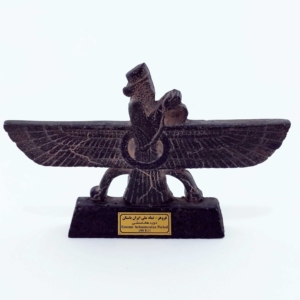
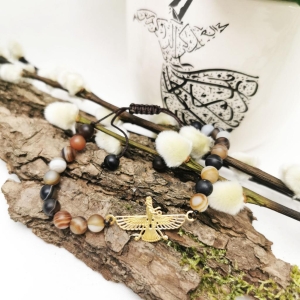
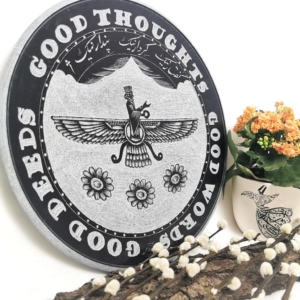

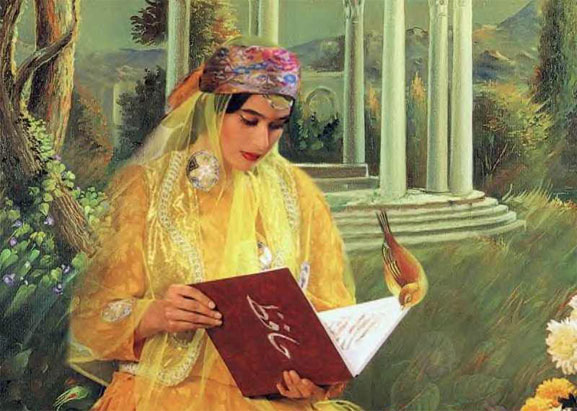

Comments